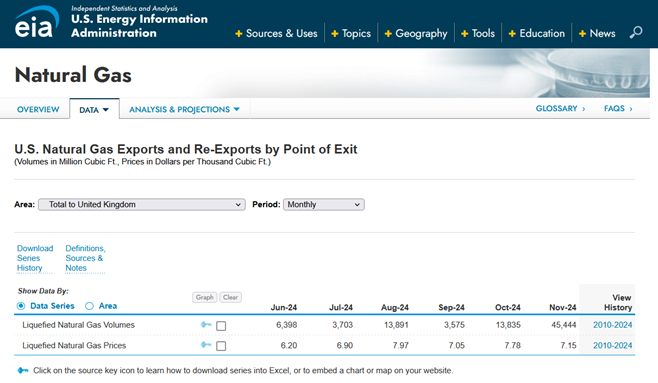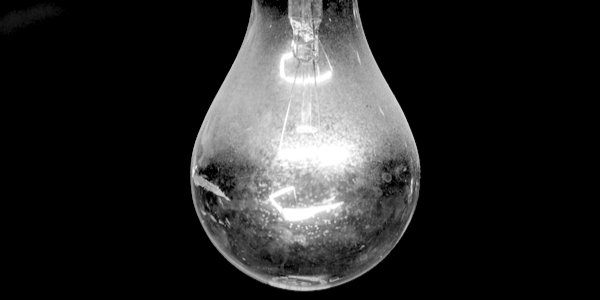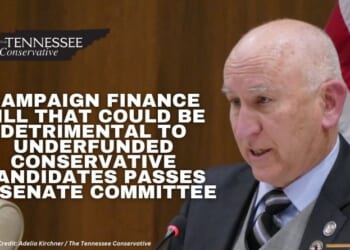THIS IS the story of the ‘clean energy’ myth. It contains no opinions, no comments, no explanations. Every section uses verbatim quotes taken from government publications or other authoritative documents. The links will take you to the source.
There was a plan.
Last December, the UK Energy Secretary, Ed Miliband, set out a detailed plan for a new era of clean electricity: ‘Working people will benefit from a new era […] that can bring down bills for households and businesses for good’.
No more gas
‘Prime Minister Keir Starmer and his Energy Secretary Ed Miliband have ruled out giving oil and gas firms new licenses to drill off the Scottish coast.’
A ‘court of session in Edinburgh has sided with campaigners and climate experts in ruling that the original decisions to permit Rosebank and a second, smaller, gas field called Jackdaw were unlawful, as they had not taken into account the carbon emissions created by burning any oil and gas produced.’
Oil and Gas Authority report Nov 2, 2019: ‘Fracking will not be allowed to proceed in England, the government has announced, following the publication of new scientific analysis.’
The wind always blows
‘Wind provided more electricity than ever last year as the UK moved further away from planet-warming fossil fuels to power the nation, new data shows.’
‘The story in the 2030s and beyond is that wind will be our big dominant source of electricity.’
‘The North Sea is one of the UK’s best sources of consistent offshore wind energy as the area is extremely windy with a relatively shallow sea, which makes it a perfect location for offshore wind farms.’
The sun always shines
‘Solar power will be a key driving force behind the 2030 clean power mission, Energy Secretary Ed Miliband told industry’ on October 2, 2024.
‘The Department for Energy Security and Net-Zero (DESNZ) has granted planning permissions for the construction of three major solar farms in the east of England, in a bid to decarbonise UK’s electricity system by 2030.’
A plan, published by DESNZ, ‘sets an objective to reach 45-47 gigawatts of solar generation capacity by 2030.’
Nuclear eventually?
The UK currently has five nuclear power stations. Two (Hartlepool 1 and Heysham 1) are to close by 2026. Two more (Heysham 2 and Torness) will shut down by 2028, and the last one, Sizewell B, is scheduled to close by 2035.
Capacity available by 2030: Sizewell B 1.2 gigawatts (GW), 3 per cent of peak demand.
Planned: Hinkley Point C Unit 1 (1.6GW): expected to be in service by 2031.
Hinkley Point C Unit 2 (1.6GW): no date.
Sizewell C: no date.
Wylfa and Oldbury: no date.
Small Modular Reactors: no date.
Blackouts forecast
Clare Coutinho (Conservative Energy Secretary in June 2024) said that the Labour Party are ‘pretending that they can decarbonise the grid by 2030 – a target which no other major economy has. And if they were to achieve it, it would either be through enormous costs, or it would risk blackouts in this country.’
Remaining worries
Great Britain’s electricity market currently has 9.8GW of electricity interconnector capacity from the following countries: France, the Netherlands, Belgium, Northern Ireland, Republic of Ireland, Norway and Denmark.
During times of high demand, we are having to ‘borrow’ up to 8GW – over 15% of the total demand.
A daily record of the evening peak demand taken from that same website discloses that the contribution of the wind turbines so far this winter can vary from a maximum of 22GW (18 Dec) down to a minimum of only 1.4GW (22 Jan), which was only 4 per cent of that evening’s peak 42.1GW demand.
There is no solar assistance for the 5-6pm maximum demand from mid-October to early April. The sun either has set or is too low. A World Bank survey of solar power in 2020 discovered that the UK was the 229th worse place for solar energy out of 230 countries. Namibia came first, Ireland last.
Gas not going away after all
Jon Butterworth, CEO of National Gas, said in response to the Government’s Clean Power Action Plan that ‘gas will continue to play an essential role as the nation’s strategic power reserve when the wind doesn’t blow and the sun doesn’t shine.’
‘Gas generation will play a vital role in ensuring security of supply in 2030 and beyond.’
On June 7, 2024, a letter from DESNZ stated that ‘we are likely to need around 30-50GW of long duration flexible capacity by 2035. At this point, gas generation remains the only mature technology capable of providing sustained flexible capacity while low-carbon, long-duration alternatives […] scale up.’
North Sea gas bad. LNG gas from the USA good.
The United States is the leading supplier of liquefied natural gas (LNG) to the United Kingdom.
LNG is produced largely from shale gas (fracking): ‘Production of shale gas, as well as liquefaction to make LNG and LNG transport by tanker, is energy-intensive, which contributes significantly to the LNG greenhouse gas footprint.’ Last November, US export to the UK was 45,444million cubic ft of LNG, at $7.15/1000 cubic ft. In pounds, the cost (at $1=£0.81) would be £263,120,760. That was for one month. See here:

In our fracking dreams – a personal view
The UK’s energy policies depend on fickle wind and weak sun. We will need gas. We could have vast amounts of our own gas both from drilling in the North Sea and by fracking underground. However, in the drive to a zero-emission future, we cannot use that – even Britain’s latest gas discovery. Instead, we must import from the USA.
And yes, imported USA gas (LNG) comes mainly from fracking.










